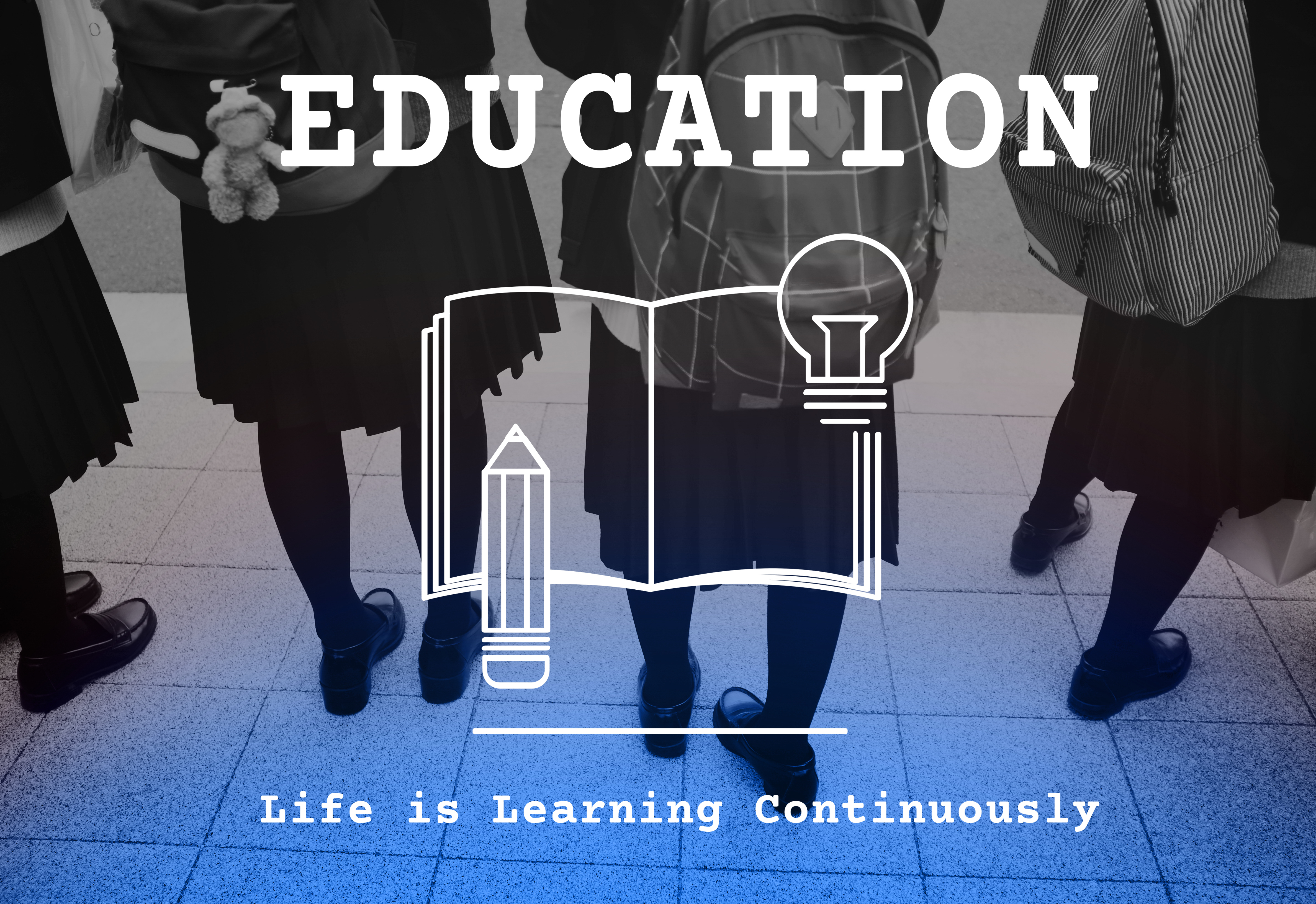Understanding Cognitive Load and Techniques To Manage It in eLearning Solutions
December 24, 2023
In the current times, eLearning has become one of the favorite choices of many entities -- corporates, industrial organizations, and schools/educational institutes, as it renders many benefits for them. However, it is essential to ensure that learners don't get overwhelmed by the volume of information provided to them through an eLearning solution (cognitive load in eLearning)
The reason for the same can be that many concepts could be introduced within a single paragraph. Naturally, this would be difficult for the learners to understand at the beginning as they were not acquainted with those concepts before. This is what is referred to as cognitive overload when it comes to learning.
Understanding What is Cognitive Overload; Types, and Examples
Cognitive load can be understood in simple words as the mental efforts needed by an individual to understand something and retain it for a longer time. The problems associated with it come in three types and they are intrinsic, extrinsic, and germane loads.
1. Intrinsic Load: This is the type of load that the learners inherently face while understanding something. It depends highly on the various types and number of elements that have to be processed at a time.
An example of intrinsic cognitive load would be a learner who may find it very easy to learn basic multiplication but he may find it very difficult to learn advanced calculus. The reason is that learning sophisticated calculus concepts requires a lot of mental effort in comparison to a simpler math task such as multiplying one number with another.
2. Extrinsic Load: This type of exertion may happen due to distractions or poorly organized information provided in the learning materials -- how information is provided to the learners.
To understand extrinsic cognitive load, imagine that a textbook or reference material has an unorganized structure of concepts laid out without proper explanations and examples. Thus, the learner may actually struggle to comprehend what the concepts actually are because of poor presentation and structure.
3. Germane Load: This depends upon the previously learned materials, mental frameworks, or how information is structured inside the brain. Moreover, this is the kind of load that represents the existing knowledge and experiences that help the learners to understand a particular concept.
The best example for extrinsic cognitive load would be: let us assume that you are trying to learn a new language. You would certainly try to relate the existing known word to the new word that sounds similar or has the same meaning in some way.
The best instance of overall cognitive load can be observed in a newly joined professional who will be starting office work. When a new joiner starts his work, he would have to deal with understanding various types of aspects associated with the project. This would amount to intrinsic cognitive load as something difficult has to be learned in the beginning.
Then, having to deal with excessive emails (unable to decipher which is essential and has to be done on priority -- unstructured information) or a cluttered workspace creates an extrinsic cognitive load.
The germane load stems when the newbie is under pressure to manage multiple tasks or meet tight deadlines -- connect existing knowledge with new tasks (that too under a timeline).
Managing Cognitive Load in eLearning Solutions -- The Techniques
There are several ways to lessen the cognitive load for learners when they are going across eLearning materials. We are going to discuss these techniques that eLearning development companies can introduce while creating the content.
Chunking Information: Any kind of information be it educational, corporate, or technical hard-to-understand material can be simplified with the help of the chunking technique which is based on the microlearning concept.
This involves breaking down a bigger volume of concepts into smaller units such that each smaller unit is explained in a simplified way with multiple examples.
For instance, when providing a session related to a data science course, there would be many complex algorithms. These can be broken down into smaller, manageable parts which would help to reduce the cognitive load on trainees.
Result: The mental effort to learn the algorithms would be reduced considerably. Plus, the best aspect would be that it would enhance overall comprehension of the learning concepts and help to retain them.
The same methodology can be applied when teaching high school or university students. As an example, complex concepts such as calculus or the concept of motion in physics can be broken down into many modules with multiple examples with elaborate explanations.
Incorporating Visuals and Audios: Students or professionals would always find it useful when meaningful graphics with animation along with the audio narration are utilized while creating an eLearning course material. This is because learners are always able to relate to real-life visuals and they can remember the ideas very well when they are presented with diagrams or images related to the context.
Use of Real-world Examples: To enhance the learners' understanding, it is very essential that real-life examples are presented in the learning material. This immensely helps the students or professionals to understand the intricate concepts and how they can be applied practically in real life.
Sticking to the Concerned Topic: It is of paramount importance to stick to the topic being discussed and provide relevant content so that pupils can relate to various topics being discussed and understand them thoroughly. This way by presenting information in a structured way and in a pattern that follows one another ensures that students’ cognitive load is reduced.
For example, in an educational eLearning courseware based on a history chapter, eLearning providers should create modules that would focus solely on different events that happened in a specific era.
Furnishing Interactive Learning Experiences: It has been found that learners are able to understand and retain a subject matter when they are taught in an interactive manner -- also thereby reducing cognitive overload. This is the reason why an eLearning solution needs to make use of interactive content. This engaging content can be in the form of quizzes or simulations where different scenarios are presented and the learners respond to them accordingly.
Conclusion
There are various ways that eLearning development companies can make the absorption of knowledge for students and professionals easy by incorporating different techniques as described above.
VK Creative Learning is an eLearning firm that includes all the above methodologies while developing an eLearning solution after consulting the respective entity -- be it an educational institute, school, or industrial company.




